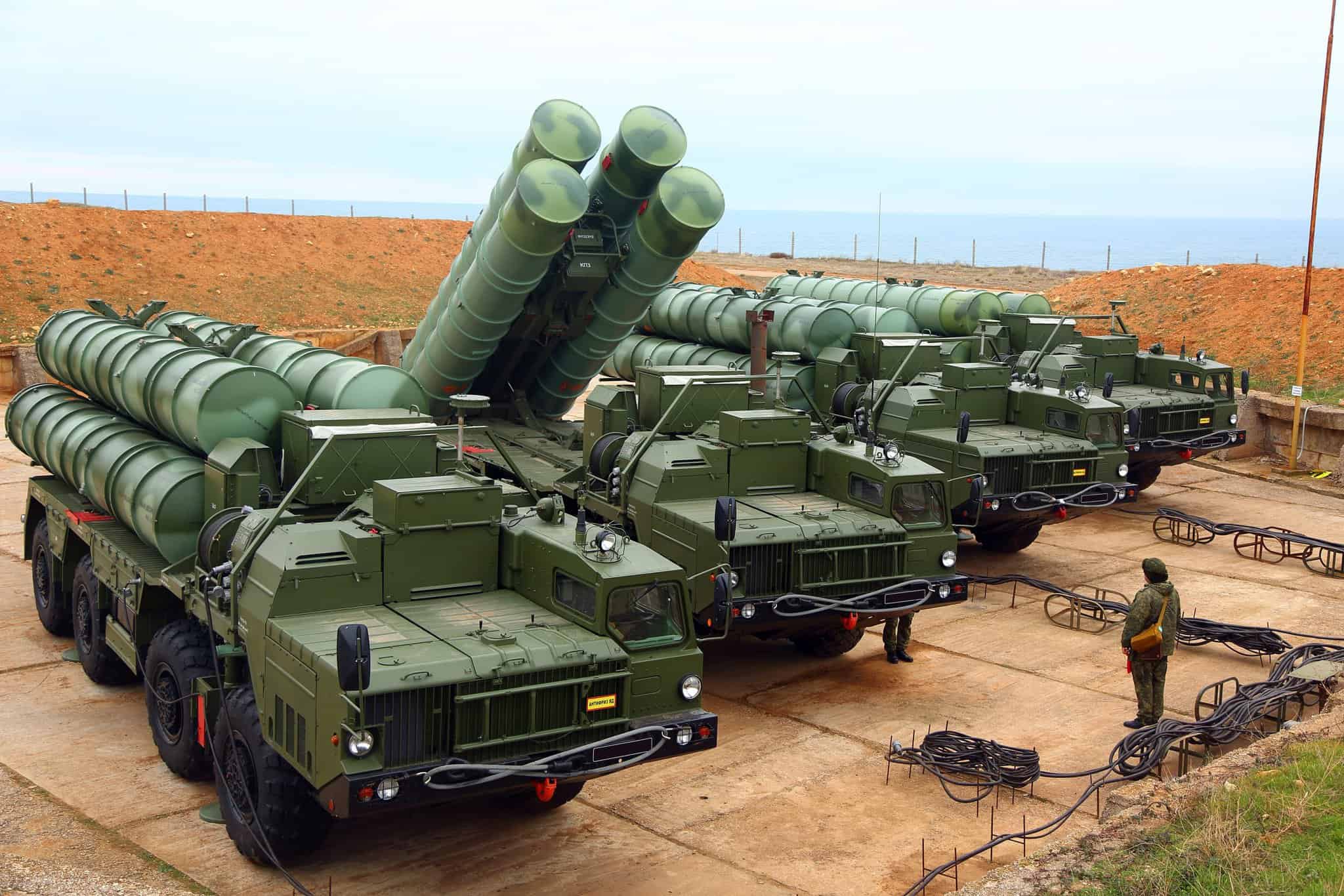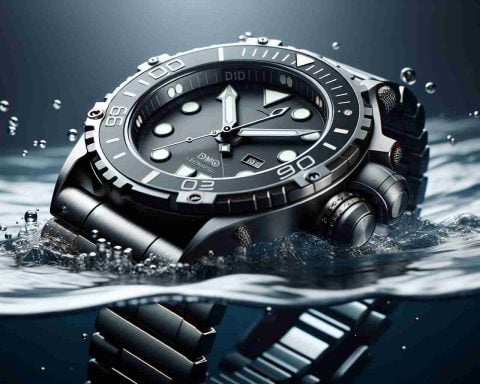The F-35 Lightning II, developed by Lockheed Martin, is one of the most advanced fighter jets in the world, designed to perform numerous tasks with stealth and precision. However, this aircraft has been subject to various criticisms, one of the most intriguing being its purported inability to fly safely in the rain. This weather-related concern might appear trivial at first glance, but it ties into important aspects of aircraft design and maintenance.
Durability of the Radar Absorbent Material
One of the primary reasons the F-35 struggles with wet weather conditions lies in its reliance on specialised Radar Absorbent Material (RAM). This material plays a crucial role in maintaining the jet’s stealth capabilities by absorbing radar waves and minimising its radar cross-section, making it difficult for enemy radar systems to detect. Unfortunately, some initial batches of this coating showed vulnerability when exposed to extreme weather conditions, including heavy rain. Over time, water and moisture exposure can degrade this material, potentially compromising the aircraft’s stealth features.
Effects on Sensors and Electronics
The F-35 is equipped with advanced electronics and sensors that provide unparalleled situational awareness to pilots. However, excessive moisture has been known to pose risks to some of these delicate systems. Lockheed Martin and the U.S. Department of Defense have addressed these concerns by continuously updating the jet’s systems and improving the sealing and insulation of electronic components to withstand such environmental challenges better. Despite these efforts, initial reports of water-related malfunctions have cast shadows on the aircraft’s all-weather reliability.
Operational Limitations and Recommendations
In light of these challenges, specific operational limitations were initially placed on the F-35, advising against flying in adverse weather conditions when avoidable. Such restrictions were meant to preserve the aircraft’s stealth integrity and ensure the longevity and function of its advanced systems. The manufacturer has been actively involved in testing and refining the aircraft’s systems to reduce or eliminate these restrictions, striving to meet the operational expectations of U.K. and allied forces who invested heavily in the aircraft’s development.
Continuing Enhancements and Future Outlook
In response to the aforementioned issues, there have been ongoing modifications and re-evaluations of the F-35’s design and materials. These enhancements aim to ensure the jet can perform optimally across a broader range of environmental conditions. As Lockheed Martin continues to address these challenges, the F-35 is expected to attain higher levels of durability and reliability which are critical for long-term operational success.
The saga of the F-35’s issues with rain highlights the complex interplay between cutting-edge technology and environmental factors. Ensuring that the world’s most advanced military aircraft can operate under all conditions remains a top priority for developers and military buyers alike. Addressing these issues not only underscores the importance of rigorous testing and material advancement but also emphasizes the relentless pursuit of perfection in modern military aviation.
Understanding the Complexities of Modern Military Aviation
The development of aircraft like the F-35 Lightning II highlights both the extraordinary capabilities and the meticulous complexities involved in modern military aviation. While much has been discussed about its revolutionary stealth and advanced systems, it’s crucial to delve into some intriguing aspects and tips that underscore the ingenuity behind such aircraft and the ongoing efforts to perfect their design and functionality.
1. The Challenges with Radar Absorbent Material (RAM)
As covered in the previous article, the Radar Absorbent Material is pivotal in maintaining the F-35’s stealth. This technology is not unique to the F-35, as stealth aircraft like the B-2 Spirit also rely on RAM. The challenges faced by the F-35 with rain can encourage a deeper understanding of how different weather conditions affect various RAM coatings. This could lead enthusiasts to explore advancements in materials science, where ongoing research aims to enhance RAM’s durability.
2. Weather-Proofing Advanced Electronics
The issue of moisture affecting advanced systems in the F-35 isn’t isolated to military aviation; it’s a concern that crosses into consumer electronics and technology sectors. This showcases the universal challenge of weather-proofing sensitive equipment. For enthusiasts, a parallel can be drawn with advances in waterproof consumer gadgets and vehicles that utilise similar protective strategies.
3. Continuous Testing and Enhancements
The trajectory of the F-35’s improvements can serve as an example of the iterative nature of engineering design. It demonstrates how feedback, test results, and user experiences are incorporated to refine technology continuously. This notion applies across industries, reinforcing the concept that achieving perfection is an ongoing journey rather than a fixed destination.
4. Stealth and Sensor Fusion
The F-35 is notable not only for its stealth but also for its integration of sensor fusion technology, enabling a comprehensive view of the battlefield. This concept has applications beyond military use, also influencing autonomous vehicle development and smart city infrastructures.
Interesting Fact: Did you know that the F-35 uses a helmet-mounted display instead of traditional heads-up displays? This allows pilots to view essential information no matter where they look, giving them a significant tactical advantage.
5. Learning from Setbacks
The F-35’s journey with weather-related issues is a perfect example of learning from setbacks. It highlights the importance of addressing challenges head-on to inform future designs. This insight is applicable to fields such as space exploration, where unpredictable environments often necessitate adaptive technological solutions.
For further information and updates on this and related topics, Lockheed Martin’s official website can be a useful resource for potential developments in defence technology: Lockheed Martin.
In conclusion, while the F-35’s trials with rain may seem specific, they reflect broader lessons in engineering, technology adaptation, and continuous improvement. Such narratives emphasise the relentless drive in technology to overcome obstacles through innovation and collaboration.






















